Scarce Heath (Coenonympha hero)
Scarce Heath (Coenonympha hero)
The Scarce Heath is a delicate and uncommon species of satyrid butterfly found in temperate parts of Europe and Asia. Preferring moist meadows and forest clearings, it is a rather elusive species that often goes unnoticed due to its quiet behavior and subtle coloring. Its rarity in many parts of its range makes it of significant conservation interest.
🦋 Identification
- Wingspan: 28–36 mm
- Flight: Weak and fluttery, close to vegetation
Appearance:
- Upperside: Uniform brown to orange-brown; not often seen as the butterfly usually rests with wings closed.
- Underside of hindwings:
- Pale brown to greyish
- Distinctive white band with a row of black eyespots (ocelli), each ringed with yellow
- Forewing underside: Orange-brown, often with lighter shading
Compared to similar species like the Small Heath (Coenonympha pamphilus), the Scarce Heath has a more sharply defined row of eyespots on the hindwing underside.
🌿 Habitat
- Prefers moist, sunny meadows, wet grasslands, and forest edges with tall herbaceous vegetation
- Often found in river valleys, boggy clearings, or damp pastures
The presence of host plants and a mosaic of open and semi-shaded areas is crucial.
🍽️ Diet
Caterpillars feed on grasses, including:
- Poa (bluegrass)
- Festuca (fescue)
- Possibly Molinia (purple moor-grass) and other damp-loving grasses
Adults:
- Feed on nectar from low-growing wildflowers, especially:
- Buttercups
- Vetches
- Clovers
- Wild thyme (regionally)
🔁 Behavior & Life Cycle
- Flight period:
- Typically May to July, depending on latitude and altitude
- Voltinism:
- Univoltine (one generation per year)
Life cycle:
- Eggs laid singly on or near host grasses
- Caterpillars develop slowly and overwinter in the larval stage
- Pupation occurs in spring, with adults emerging in early summer
Behavior:
- Males patrol low over vegetation for females
- Adults rest with closed wings and are difficult to spot
- Timid and rarely stray far from suitable habitat
🌍 Distribution
- Found in central and eastern Europe, extending into:
- Russia, Ukraine, Baltic States
- Scandinavia (locally)
- Parts of northern and central Asia
Absent from much of western and southern Europe.
🧬 Interesting Facts
- The name “Scarce Heath” reflects its limited and fragmented distribution in much of Europe.
- Sensitive to habitat changes; survives best in traditional wet meadow systems.
- Part of a genus (Coenonympha) known for cryptic species with subtle wing differences.
🛡️ Conservation Status
- IUCN Red List: Least Concern (globally), but locally threatened or rare in parts of Europe
- Threats include:
- Drainage of wetlands
- Intensive agriculture
- Habitat fragmentation
- Succession due to cessation of traditional grazing or mowing
Conservation actions focus on:
- Preserving wet meadows
- Restoring traditional land management (mowing, grazing)
- Protecting known populations through habitat maintenance
The Scarce Heath (Coenonympha hero) is a quiet symbol of Europe’s wet grasslands and forest glades. Its understated beauty and sensitivity to ecological changes make it an important species for conservation, representing the delicate balance of semi-natural habitats.
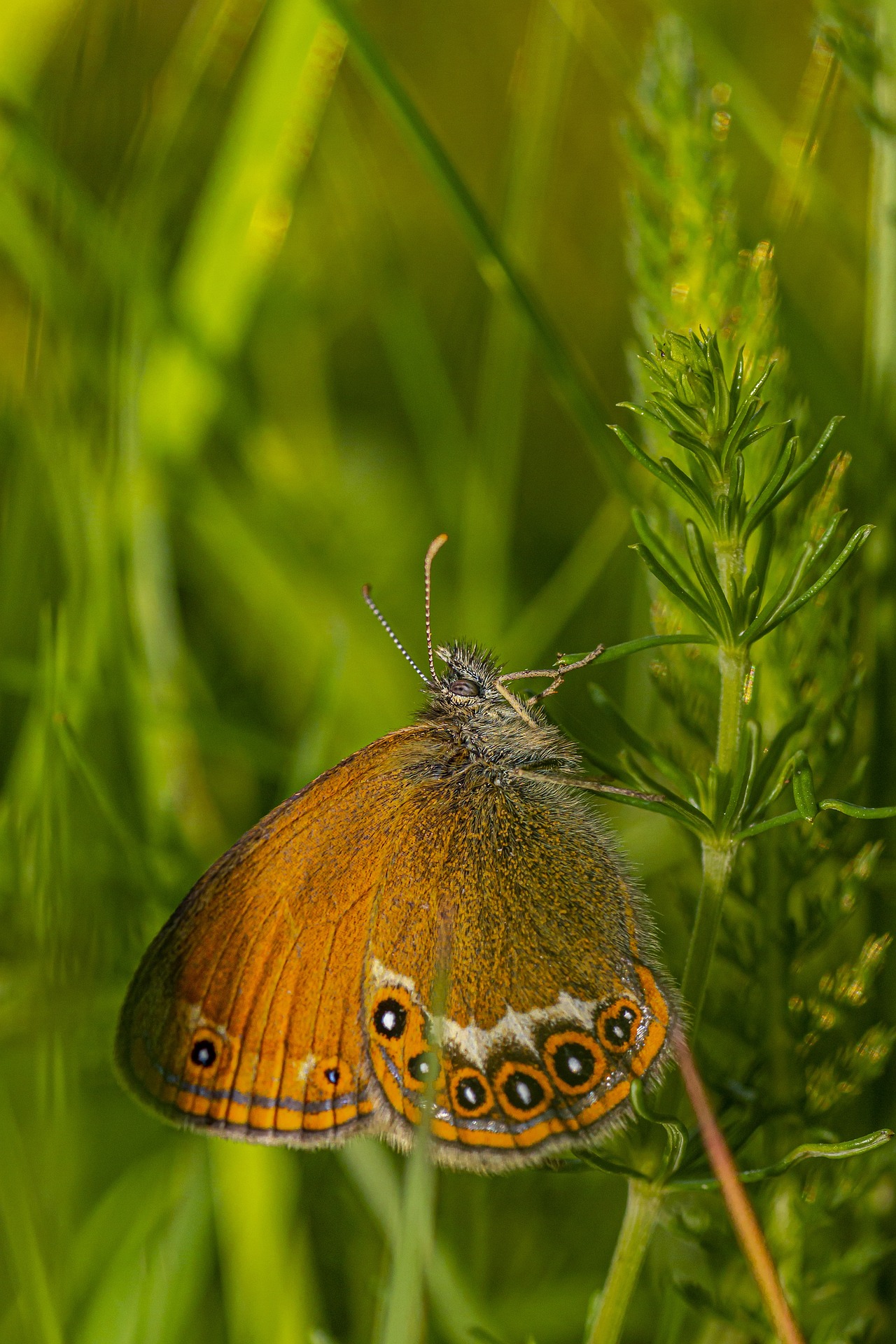

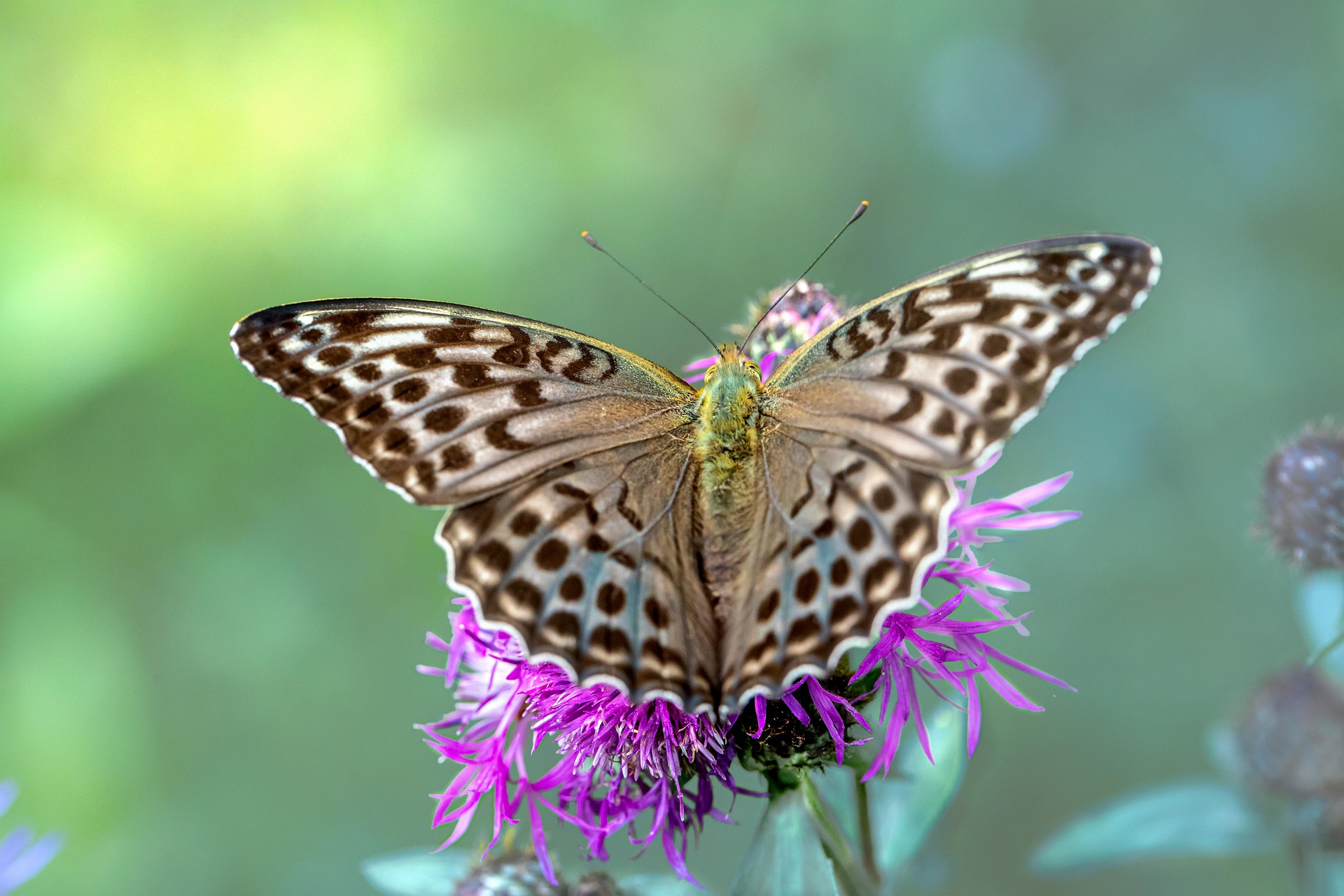

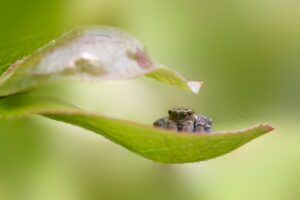
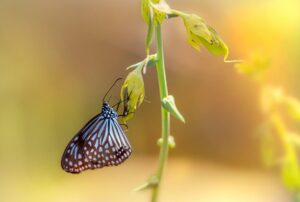
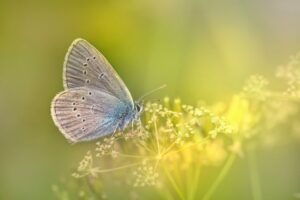
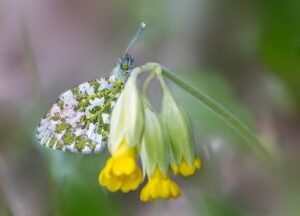
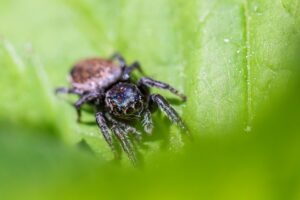
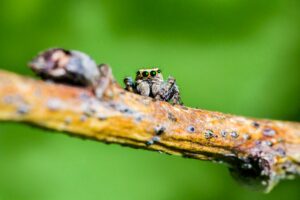
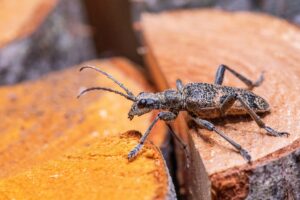
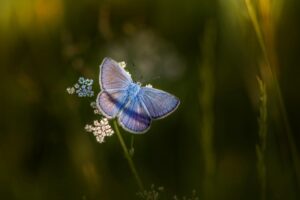
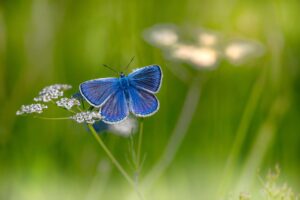
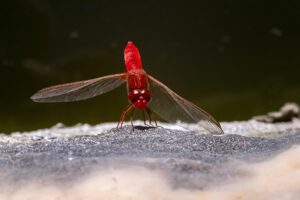
Post Comment